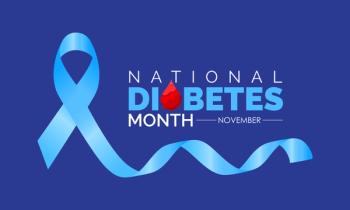
FDA Awards Breakthrough Device Designations to Signatera Molecular Residual Disease Test
With the breakthrough device designation granted in 2019, the Signatera MRD test now has 3 designations for use across several cancer types and indications.
The FDA has granted 2 breakthrough device designations to cover new intended uses of the Signatera molecular residual disease (MRD) test developed by Natera, Inc., according to a recent announcement.1
The new designations will support the development of the test through phase 3 clinical trials as a companion diagnostic to 2 cancer treatments. With the breakthrough device designation granted in 2019, the Signatera MRD test now has 3 designations for use across several cancer types and indications.
“We are committed to working with the FDA and with our biopharma partners to validate the use of the Signatera MRD test across a broad range of solid tumor indications,” Fayyaz Memon, vice president of Regulatory Affairs at Natera, commented in the press release. “These 2 new breakthrough device designations will help us accelerate our mission to bring life-saving diagnosis and treatment to [patients with] cancer as early as possible.”
The custom-build circulating tumor DNA test was developed to monitor treatment and assess for MRD in patients who have previously been diagnosed with cancer. Available for use in the clinical and research settings, the Signatera MRD test is both personalized and tumor-informed; specifically, it provides a customized blood test that is tailored to fit the specific signature of clonal mutations that are found in that individual’s tumor. The personalized approach increases accuracy with regard to detecting whether residual disease is present or absent from a blood sample.
Newsletter
Stay informed on drug updates, treatment guidelines, and pharmacy practice trends—subscribe to Pharmacy Times for weekly clinical insights.


















































































































































































































